I'm designing a product that will be fed directly from 220V mains. The 220V goes into a PCB that has a high voltage section and a AC/DC converter module to generate low voltage to the microelectronics.
When using 110V I always use a input fuse for overcurrent protection in one of the mains wire (Live or Neutral - whatever...).
For 220V, since I have two 110V phases, should I use one fuse or two fuses (one in each phase)?
I think that using a single fuse should be suffice. However if one of the fuses blows and the other stays intact the board still have a hot main wire attached. Even if no current flows because the other phase is out, there's still possibility of electrical shock or worse... am I thinking right?
